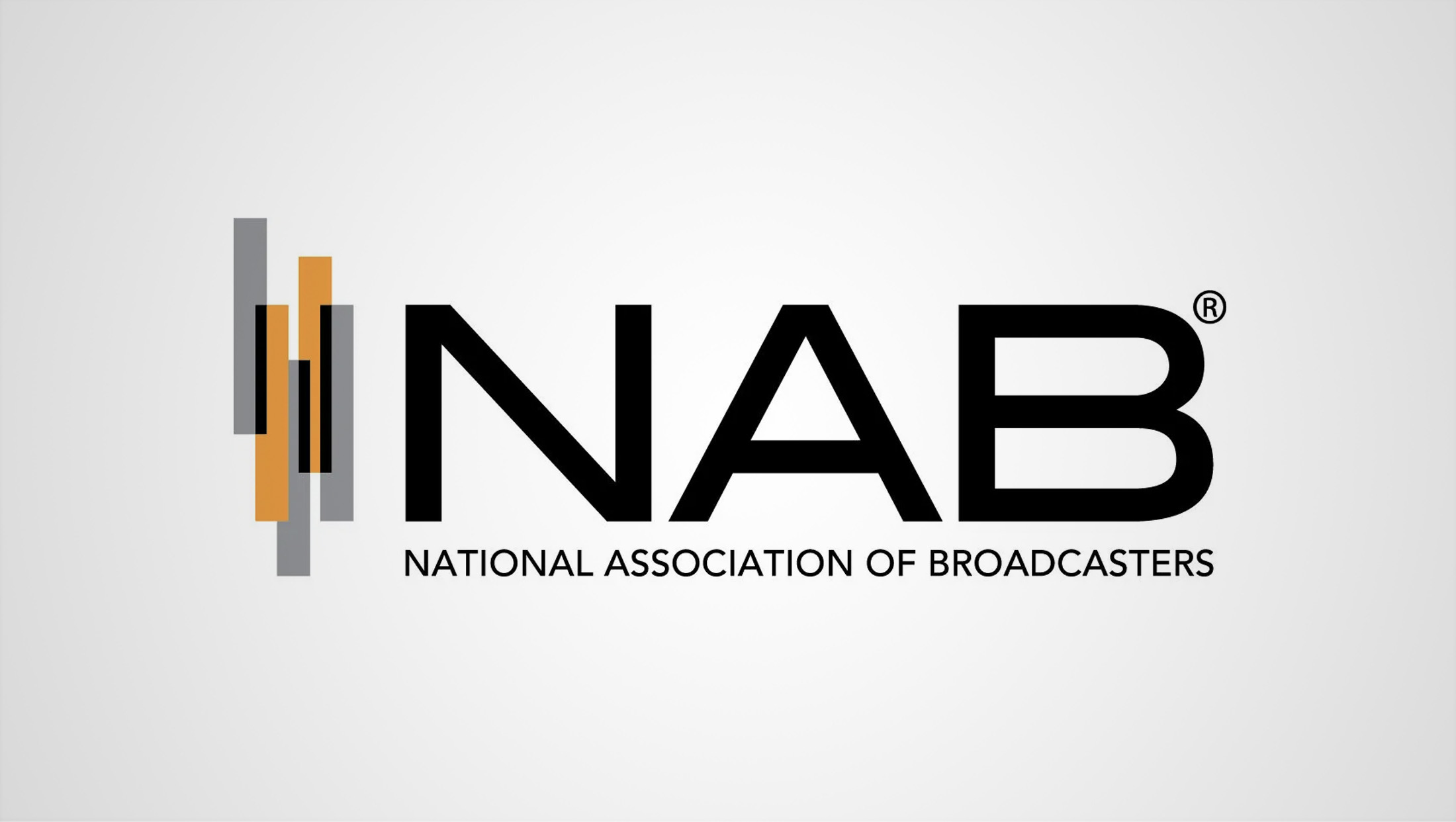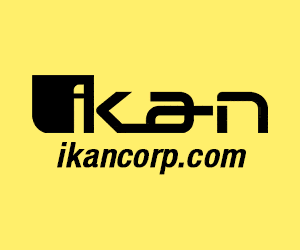NAB calls ownership limits ’emergency’ threat in the way of further consolidation

Subscribe to NCS for the latest news, project case studies and product announcements in broadcast technology, creative design and engineering delivered to your inbox.
The National Association of Broadcasters has filed comments with the Federal Communications Commission urging the immediate elimination of broadcast television ownership limits, arguing that decades-old regulations now handicap traditional broadcasters competing against unregulated streaming platforms and tech giants.
In an August 4 filing, the NAB characterized the removal of the national ownership cap as an emergency measure needed to preserve free over-the-air television services. The current rule, unchanged since 2004, prevents any entity from owning stations that reach more than 39 percent of U.S. television households.
“It is time — indeed, past time — for the Commission to expeditiously eliminate the national cap to ensure a more level playing field that allows broadcasters to not only survive, but also to thrive,” the trade group stated in its 29-page submission.
“Rather than serving any public interest goals, the national TV rule today creates a vicious circle for broadcasting. Restricting broadcasters’ audiences and ad revenues hinders their ability to produce and/or acquire high quality programming and obtain vital investment capital, which in turn further impairs their ability to attract viewers, earn ad dollars, and invest in local journalism and innovations, including NextGen TV. Ending this anti-competitive vicious circle by removing the rule is now an emergency for TV broadcasting.”
The filing comes as the FCC refreshes the record in a proceeding that has been pending since 2017, seeking updated information about video marketplace changes and competitive dynamics. Station groups are closely watching the process, with many eyeing potential acquisitions that current ownership limits prevent.
Market transformation cited
The NAB’s argument centers on dramatic marketplace shifts since the rule’s adoption.
According to Nielsen data cited in the filing, streaming services now capture 46 percent of total television usage compared to broadcast television’s 18.5 percent share. YouTube alone accounts for 12.8 percent of all TV viewing time—nearly 70 percent of broadcast television’s total share.
“No rational basis exists for retaining a national restriction on any TV broadcasters in a marketplace where all broadcast television combined garners only 18.5 percent of total TV usage in the country,” the filing stated.
The trade group highlighted the financial pressure on broadcast stations from declining advertising revenues, which have fallen 43 percent in inflation-adjusted terms from 2000 to 2024, according to BIA Advisory Services data included in the filing. Meanwhile, digital advertising platforms led by Google, Facebook and Amazon now dominate the advertising market that supports free broadcast services.
Scale needed for competition
NAB argued that ownership restrictions prevent broadcasters from achieving the scale necessary to compete for programming, audiences and advertising revenue against platforms with national and international reach. The filing noted that streaming services face no meaningful ownership restrictions while investing billions in content acquisition and production.
“The national TV cap now seriously hinders rather than serves the FCC’s traditional goals and significantly impairs local TV stations’ provision of their most important public service — offering news, emergency information, and valued entertainment and sports programming in local communities across the country at no cost to the public,” the organization stated.
This scale, of course, implies further market consolidation and conglomeration, with broadcasters already preparing for further M&A activity that will likely remake the local news landscape.
The trade group highlighted data showing that as station groups have grown in size through consolidation, local news programming (often cheaper to produce en masse) has increased. From 2011 to 2023, while the number of separate station groups producing news fell from 140 to 62, total local news telecasts increased 41.7 percent and news hours grew 49.7 percent.
Authority questions addressed
The filing also addressed legal questions about the FCC’s authority to modify or eliminate the ownership cap.
Since 2013, the Commission has maintained it has statutory authority to revise the 39 percent limit and associated calculation methodology, despite some arguments that congressional action in 2004 prevents changes.
NAB argued that neither the 1996 Telecommunications Act nor the 2004 Consolidated Appropriations Act established a statutory ownership cap, but rather directed the FCC to modify its existing rules. The trade group characterized calls for eliminating only the UHF discount — which would effectively tighten the cap — as “nonsensical” and contrary to FCC precedent.
The proceeding has drawn attention from various stakeholders, with pay-TV providers and some public interest groups opposing elimination of ownership limits. However, major broadcast companies have supported removing the national cap entirely.
Subscribe to NCS for the latest news, project case studies and product announcements in broadcast technology, creative design and engineering delivered to your inbox.




tags
Deregulation, FCC, NAB
categories
Broadcast Business News, Broadcast Industry News, Featured, Policy